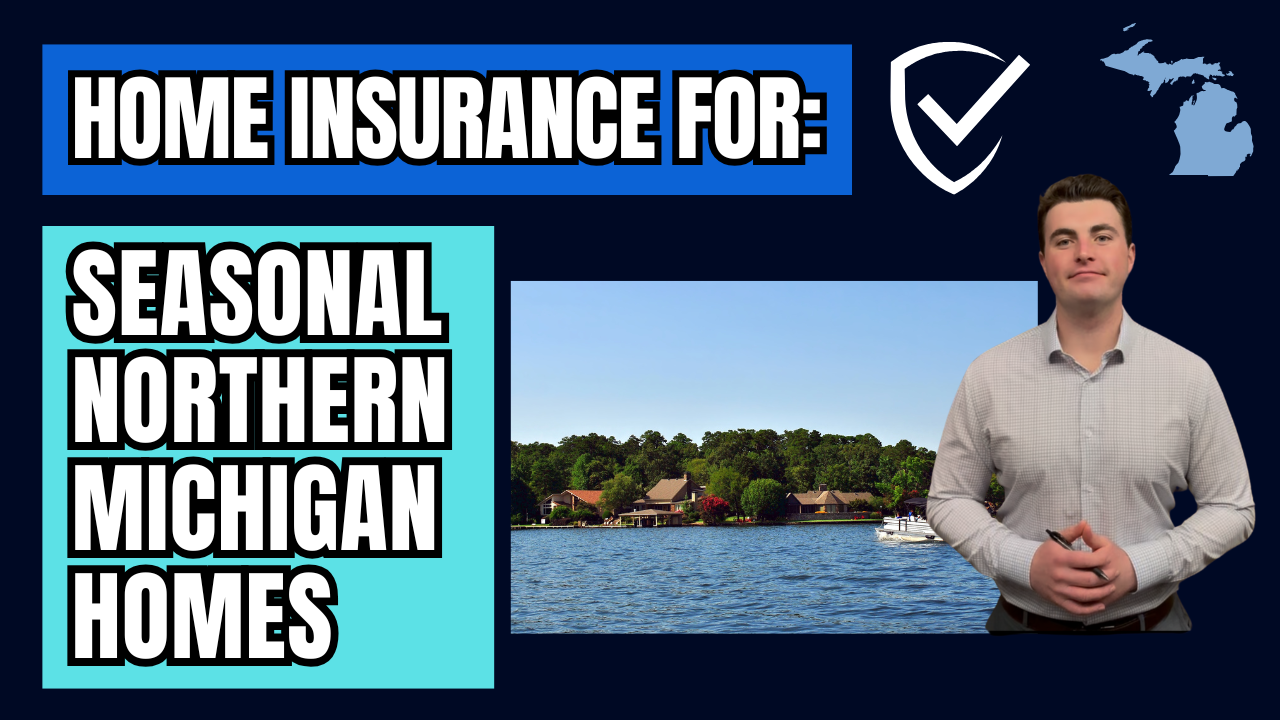What Are Sub Limits on a Cyber Liability Insurance Policy?
What Are Sub Limits on a Cyber Liability Insurance Policy?
When shopping for cyber liability insurance, it’s easy to focus on the big numbers—like the total policy limit. But what many business owners don’t realize is that sub-limits within the policy can significantly affect how much coverage they actually have for specific types of cyber losses.
What Is a Sub-Limit in Cyber Insurance?
A sub-limit is a cap placed on a specific type of coverage within the larger policy limit. It’s not the total amount your insurer will pay for a claim—it’s a smaller, designated amount that applies to certain risks.
For example, let’s say your cyber liability policy has a total limit of $1 million. That sounds like a lot—until you experience a data breach and find out that your notification costs (the costs to inform affected parties) are subject to a sub-limit of $100,000. That’s the maximum your insurer will reimburse for that expense, even if the total breach response ends up costing far more.
Why Sub-Limits Matter in Cyber Liability Insurance
Cyber insurance policies are complex because they cover a wide range of incidents:
- Data breaches
- Business interruption
- Cyber extortion (ransomware)
- Regulatory fines
- Forensic investigations
- Notification and credit monitoring services
Each of these areas may come with its own sub-limit. Insurers use sub-limits to manage their risk exposure and keep premiums affordable—but for your business, that means some critical expenses may not be fully covered unless you’ve chosen the right policy.
Common Areas Where Sub-Limits Apply
Here are some typical sub-limits to watch for in a cyber liability policy:
- Data breach notification costs
- Crisis management and PR expenses
- Cyber extortion payments
- Digital forensics and investigation
- Regulatory defense and fines
- Social engineering or phishing fraud coverage
Even if your overall policy limit is high, a low sub-limit in one of these areas could leave you footing the bill for a large portion of the loss.
How to Protect Your Business From Coverage Gaps
When reviewing your cyber insurance policy:
- Look closely at the sub-limits. Don’t assume that every type of loss is covered up to your full policy limit.
- Compare the sub-limits to your actual risk. If you store sensitive data or handle a high volume of transactions, make sure your notification and recovery costs are adequately covered.
- Ask about endorsements or additional coverage. If sub-limits seem too low, talk to your insurance advisor about ways to increase them or add specific endorsements.
Final Thoughts: Sub-Limits Are Easy to Miss—Until It's Too Late
Understanding what sub-limits are and how they apply in your cyber liability insurance policy is critical. A high policy limit is great—but if sub-limits are too low for the specific risks your business faces, you could still be left with major out-of-pocket expenses.
If you’re unsure what your policy covers or want to make sure your sub-limits are aligned with your actual risk, it’s a good idea to review your coverage with a trusted advisor.
📞 Need help reviewing your cyber liability insurance policy? We’re here to help.
Contact us today to make sure your business is fully protected.
Contact Us
We will get back to you as soon as possible.
Please try again later.









